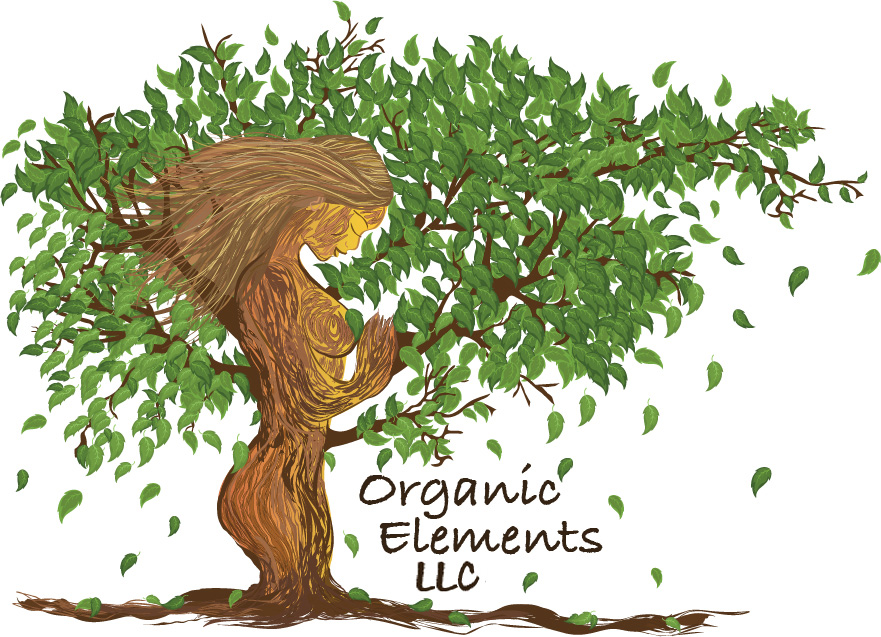Author Unknown
Reproduced with permission from Kratom Inside.
” Some words have been changed from the original writing so the article will comply with FDA requirements“
Every day we are attacked by hundreds of hostile microorganisms that mean us harm. Our immune systems fight them off every day; unfortunately, our immune systems are not always fit for fighting various microorganisms, especially during winter, or epidemics (flu for example), or when the microorganisms are too harsh to fight with (staphylococci etc.). When our bodies are faced with a dangerous pathogen then a biological reaction takes place which is called inflammation.
Inflammation is a protective response of immune cells, blood vessels and molecular (inflammatory) mediators which purpose is to eliminate the primary cause of cell injury. The 5 main classic signs of every inflammation are:
- Redness
- Swelling
- Heat
- Pain
- Loss of function
Nevertheless, in some cases, this protective response of our body can bring a lot of harm. When the inflammation is acute (Short term) and happens during a short period, it eliminates hostile pathogens together with destroying part of the infected tissue (as it is a very aggressive reaction) and leads to the survival of our body. On the other hand, chronic (long term) inflammation may lead to host diseases (atherosclerosis, cancer etc.) and damage a lot of tissue ending up creating serious problems.
That is the reason physicians fight to eliminate the threat along with the inflammation in patients and avoid too much cell damage.
What are the hidden mechanisms of action?
There is a wide range of expensive medications and supplements that can help us deal with inflammation, but Kratom is an inexpensive more natural, and very good way to help reduce inflammation, both caused from an illness or post-traumatic origins.
Experiments have been conducted in vivo using carrageenan-induced paw edema tests in mice, to help prove the anti-inflammatory effects of Kratom. The results were amazing and showed that Kratom dramatically suppressed the development of carrageenan-induced rat paw edema. Scientists found that maximum anti-inflammatory effect can be achieved using low doses, which proved that it is a very potent and inexpensive way of managing inflammation.
Researchers came to the conclusion that the anti-inflammatory effect could be due to the inhibition of cyclooxygenase, which results to the inhibition of prostaglandin synthesis which results from a combination of inhibition of pro-inflammatory mediator release and vascular permeability in addition to enhanced immunity, stimulation of tissue repair and healing processes. That means that Kratom appears to effectively manage inflammation and also that its mechanism of work is similar to other anti-inflammatory drugs.
What are the best types and which doses should you take?
The best types are the most potent types- red strains:
- Red Bali kratom
- Red Indo Kratom
- Green Malay kratom
- Borneo kratom
Strength and conditions
The red vein types are very potent and full of alkaloids that will help you deal with inflammation. You can use them in any condition that is affected by inflammation, both infectious and post-traumatic.
But keep in mind: if you have a serious chronic inflammation, you can use Kratom, but should visit the doctor, in order to avoid serious health problems, as the herb may not help you completely deal with serious chronic inflammation.
